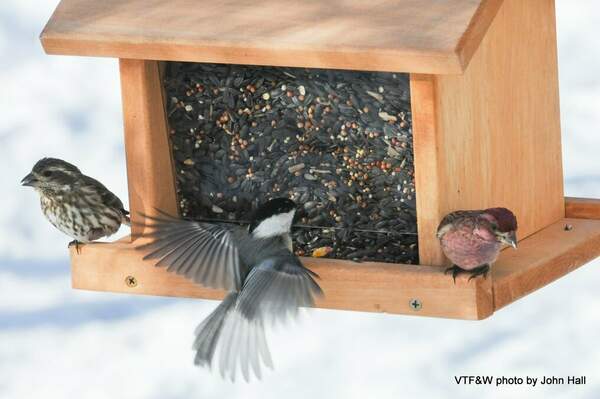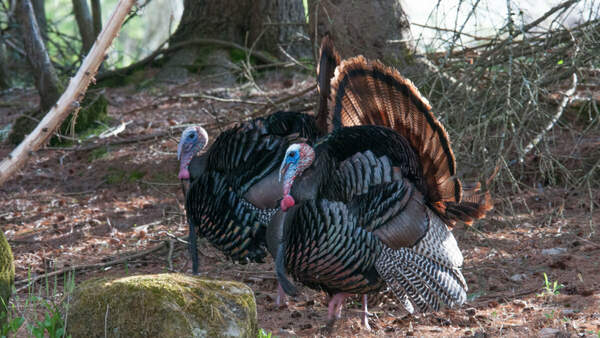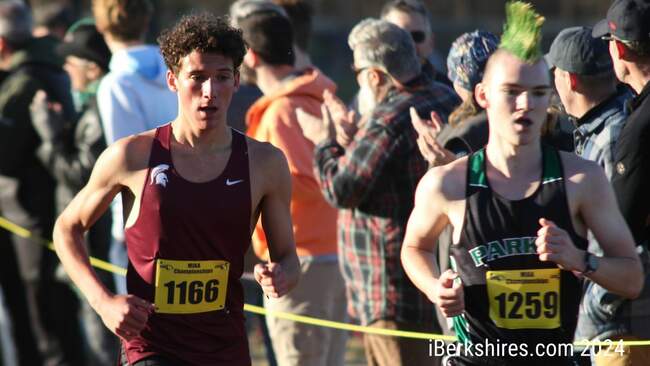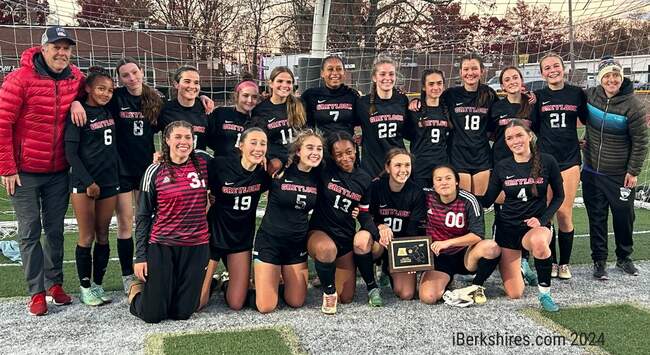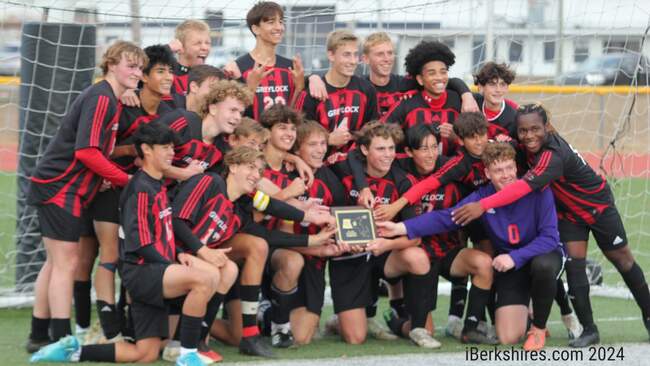
Medical Matters Weekly: Health Equity for BIPOC Community
BENNINGTON, Vt. — Southwestern Vermont Health Care's (SVHC) "Medical Matters Weekly with Dr. Trey Dobson" — a weekly interactive, multiplatform medical-themed talk show — will feature registered nurses Patricia Johnson and Caitlin Tilley on its Aug. 18 program.
All shows air at noon. The nurses will discuss their work to improve health equity for Black, indigenous, and people of color (BIPOC) communities.
Johnson has worked in the Emergency Department at Southwestern Vermont Medical Center since 2016. In addition, she is the director of nursing for Recovery House, an alcohol, drug, and family rehabilitation program in Wallingford. She earned an associate's in nursing from Vermont Technical College, a bachelor's in criminal justice from Southern Vermont College, and a master's in leadership from Springfield College. She has worked in social work and education roles and as an LNA since 2006. In 2021, she received the DAISY Award for Extraordinary Nurses.
Tilley has worked at SVMC since 2014. She serves as the director of the Transitions of Care. In addition, Tilley is the chair of the health system's Diversity and Inclusion Committee. She earned an associate's in nursing from Vermont Technical College and a bachelor's in nursing from Southern New Hampshire University. She is currently enrolled in Southern New Hampshire's MBA program for Healthcare Administration.
After the program, the video will be available on area public access television stations. On CAT-TV, viewers will find the show on channel 1075 at 7:30 p.m. Sunday, 1:30 p.m. Monday, 8:30 a.m. Tuesday, 7:30 a.m. Wednesday, 7:30 p.m. Thursday, 7:30 a.m. Friday, and 7 p.m. Saturday. GNAT-TV's Comcast channel 1074 airs the program at 8 a.m. Monday, 9 p.m. Wednesday, and 1 p.m. Saturday.
Upcoming guests include:
-
Wednesday, Aug. 25: Tim VanOrden, athlete and coach, will share his ideas for increasing activity and health in your life.
-
Wednesday, Sept. 1: Cath Burns of Vermont Care Partners, will discuss COVID Support Programs.
-
Wednesday, Sept. 8: Dr. Vikas Saini, president of the Lown Institute will discuss healthcare quality metrics.
To contribute questions in advance of each week's show, contact
wellness@svhealthcare.org or post to Facebook with #SVHCMedicalMattersWeekly.
Tags: svhc, SVMC,



